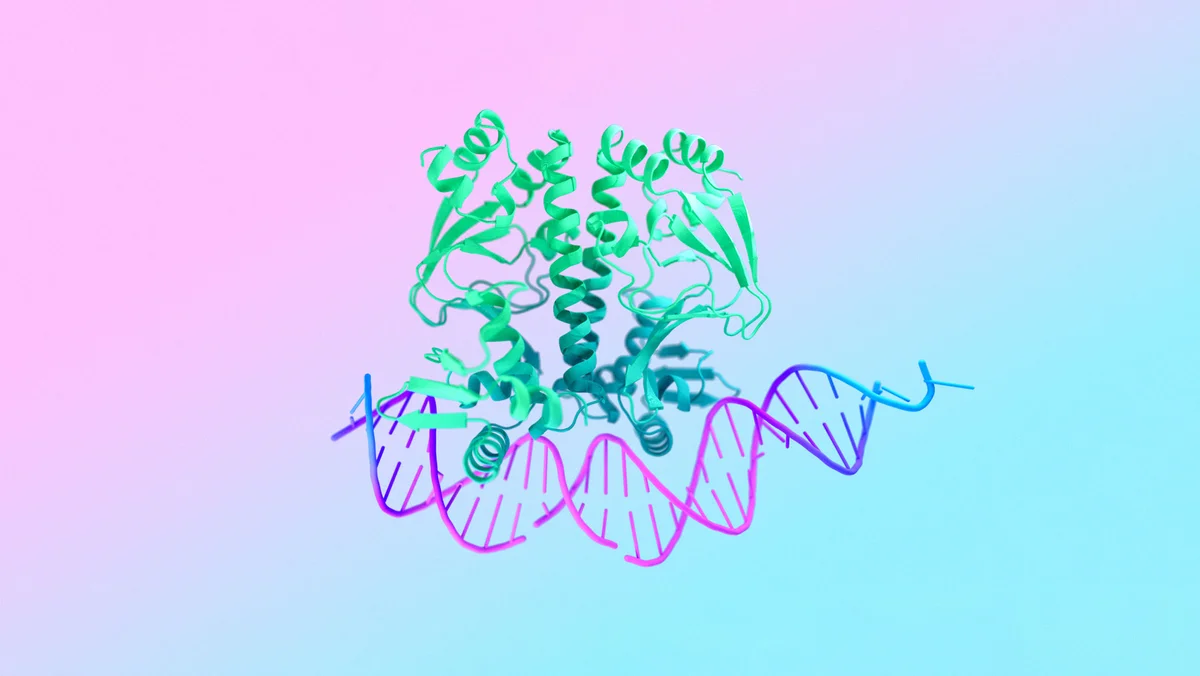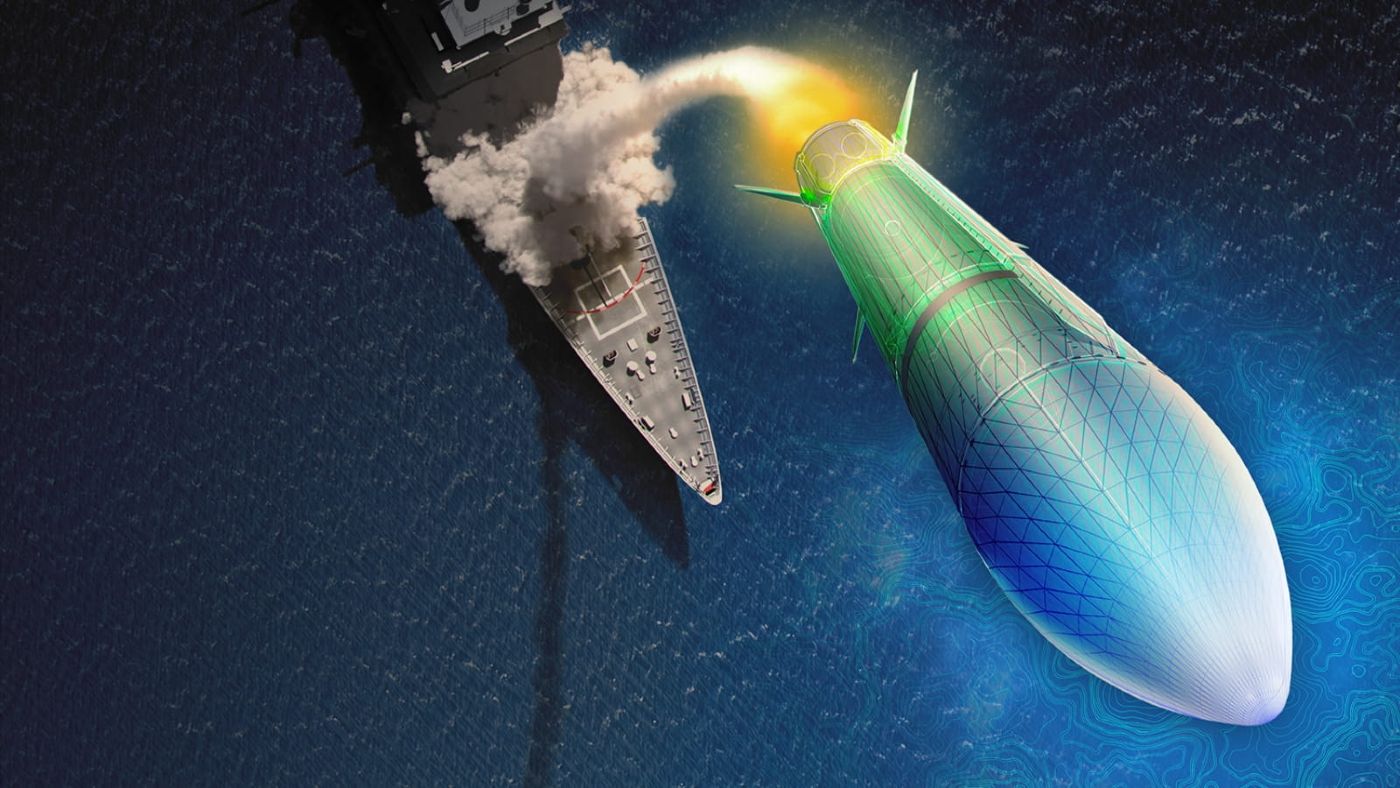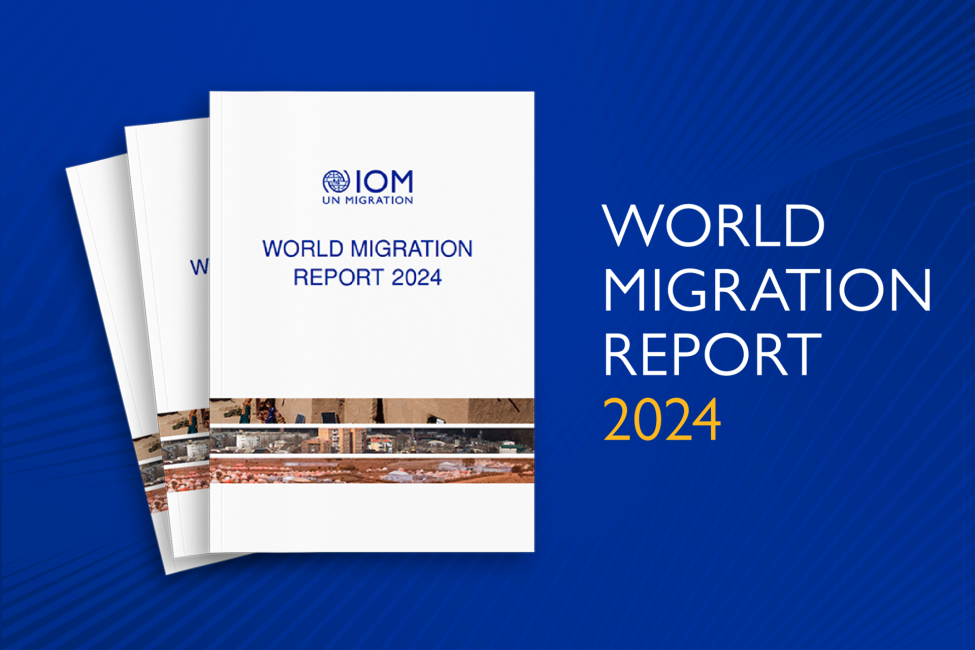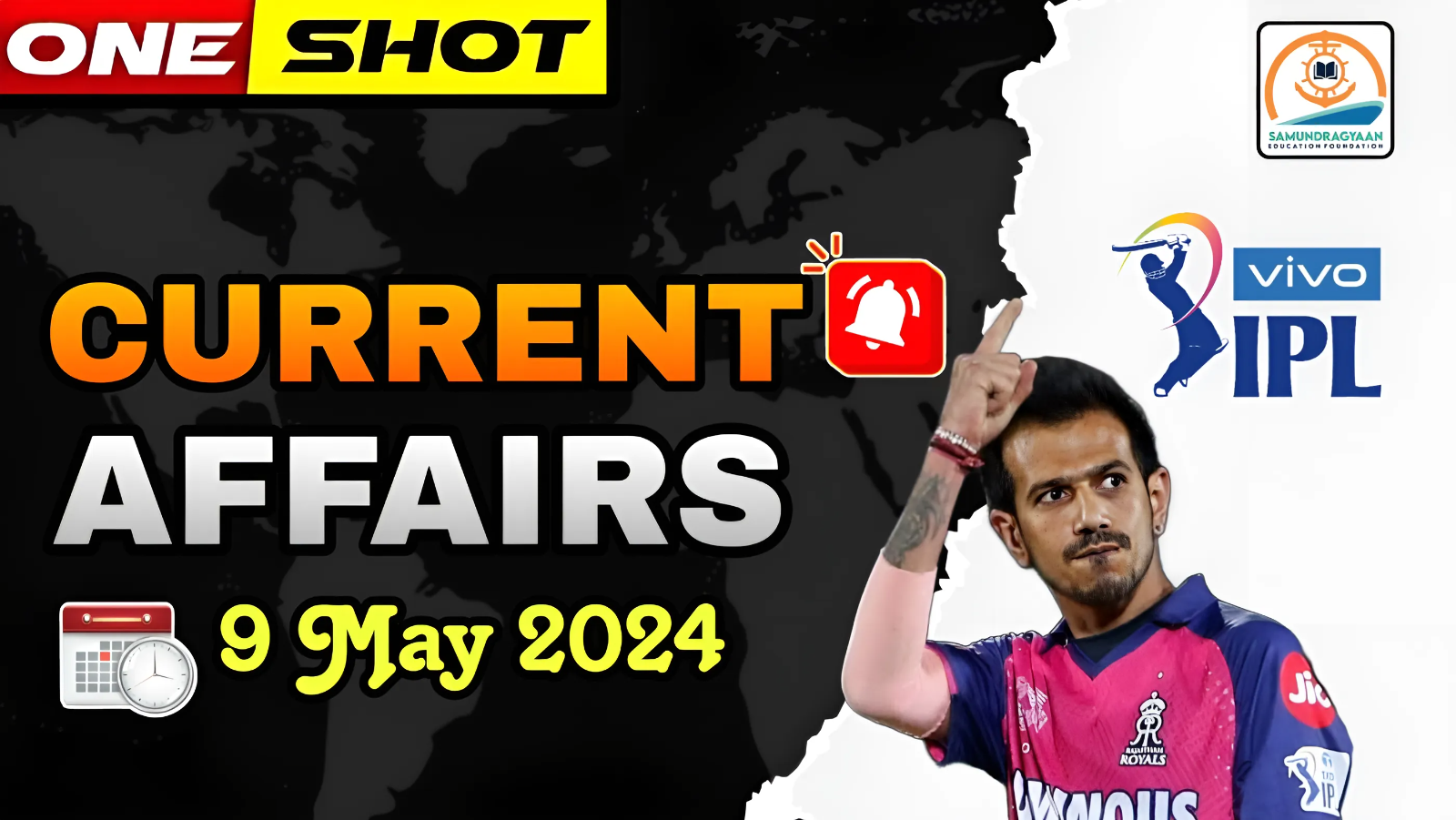Current Affairs – 9 May 2024
AlphaFold3
Google Deepmind has unveiled the third major version of its “AlphaFold” artificial intelligence model, designed to help scientists design drugs and target disease more effectively.

Indian Ocean Dipole
Recently, two Australian weather agencies have said that Positive Indian Ocean Dipole (IOD) or Indian Nino in the Indian Ocean, may re-emerge for the second consecutive year in the latter half of 2024.

About Indian Ocean Dipole:
- It is sometime referred to as the Indian Nino, is a similar phenomenon, playing out in the relatively smaller area of the Indian Ocean between the Indonesian and Malaysian coastline in the east and the African coastline near Somalia in the west.
- A ‘positive IOD’ — or simply ‘IOD’ — is associated with cooler than normal sea-surface temperatures (SST) in the eastern equatorial Indian Ocean and warmer than normal sea-surface temperatures in the western tropical Indian Ocean.
- The opposite phenomenon is called a ‘negative IOD’, and is characterised by warmer than normal SSTs in the eastern equatorial Indian Ocean and cooler than normal SSTs in the western tropical Indian Ocean.
- A positive IOD event is often seen developing at times of an El Nino, while a negative IOD is sometimes associated with La Nina.
- Impacts
- A positive IOD helps rainfall along the African coastline and also over the Indian sub-continent while suppressing rainfall over Indonesia, southeast Asia and Australia. The impacts are opposite during a negative IOD event.
- The IOD was identified as an independent system only in 1999.
Neural Processing Unit (NPU)
Recently, Apple company debuted the M4 chip with the iPad Pro and the most prominent change in this chip is the 16-core Neural Engine, which is Apple’s term for Neural Processing Unit (NPU).

Glide Phase Interceptor (GPI) Project
Amid growing concerns over rivals deploying advanced weapons like hypersonic missiles, Japan is investing in the Glide Phase Interceptor (GPI) Project under joint development with the US.

Antarctic Treaty Consultative Meeting
The 46th Antarctic Treaty Consultative Meeting (ATCM) and the 26th Meeting of the Committee for Environment Protection (CEP) will be held in Kochi from May 20-30.

World Migration Report 2024
As per UN report India sets record with over USD 111 bn in remittances in 2022

- Released by– International Organization for Migration (IOM), UN related organization.
- Publication- Biennial (every 2 years), since 2000.
- Record remittance- In 2022, India become the 1st country to have surpassed USD 111 billion in remittances.
- Leading recipient– India was the leading recipient of remittances in 2010, 2015, and 2020, with figures steadily climbing to reach the unprecedented USD 111.22 billion mark in 2022.
- Top recipient countries– The leading countries in receiving remittances in 2023 are India, Mexico, China, Philippines and France.
These diasporas are dispersed across countries such as the United Arab Emirates, the United States, and Saudi Arabia
- Southern Asia’s inflow– Countries likeIndia, Pakistan and Bangladeshhave seen a significant remittance inflows, highlighting the importance of labour migration from the region.
- Gulf states– Countries like UAE, Kuwait, and Qatar have a high percentage of migrant workers compared to their national populations, with the 2022 football World Cup highlighting the reliance on migrant labour in these regions.
- India- It is the origin of the largest number of international migrants with a diaspora of approximately 18 million individuals and ranks 13th in the destination country.
- Work nature- The migrants from countries such as India, Egypt, Bangladesh, Ethiopia and Kenya mostly work in sectors such as construction, hospitality, security, domestic work and retail.
- International migration corridor- India features prominently in international migration corridors, with significant migration flows observed between India and the United Arab Emirates, the United States, Saudi Arabia, and Bangladesh.
- Impact of pandemic- The COVID-19 pandemic has significantly impacted internal labour migration in India, leading to a substantial shift in workforce dynamics.
- Reverse migration-The lockdowns and restrictions imposed to control the spread of the virus caused a ‘crisis of mobility’.
- Decline in workforce- There has been a decline of almost 10% in blue-collar workforce mobility towards cities, which has drastically cut the labour supply for major industries.
- Challenges- Despite the financial benefits, migrants from these countries face risks such as exploitation, debt, xenophobia and workplace abuses.
Setu Unveils Sesame, India’s First BFSI-Focused Large Language Model
)
Yuzvendra Chahal Creates History to Become First Indian Bowler to 350 T20 Wickets

Yuzvendra Chahal, the wily leg-spinner from Rajasthan Royals, continues to etch his name in the annals of T20 cricket history.
- Yuzvendra Chahal, the wily leg-spinner from Rajasthan Royals, continues to etch his name in the annals of T20 cricket history. In the ongoing edition of the Indian Premier League (IPL), Chahal achieved a remarkable feat by becoming the first Indian bowler to take 350 wickets in the shortest format of the game.
Within the all-time list for the highest wicket-takers for the shortest format
| NO | PLAYER NAME | WICKETS |
| 1 | DJ Bravo | 625 |
| 2 | Rashid Khan | 572 |
| 3 | Sunil Narine | 549 |
| 4 | Imran Tahir | 502 |
| 5 | Shakib Al Hasan | 482 |
| 6 | Andre Russell | 443 |
| 7 | Wahab Riaz | 413 |
| 8 | Lasith Malinga | 390 |
| 9 | Sohail Tanvir | 389 |
| 10 | Chris Jordan | 368 |
| 11 | Yuzvendra Chahal | 350 |
Among spinners, he is also the sixth-highest wicket-taker in the shortest format of the game
| PLAYER NAME | WICKETS |
| Rashid Khan | 572 |
| Sunil Narine | 549 |
| Imran Tahir | 502 |
| Shakib Al Hasan | 482 |
| Yuzvendra Chahal | 350 |




